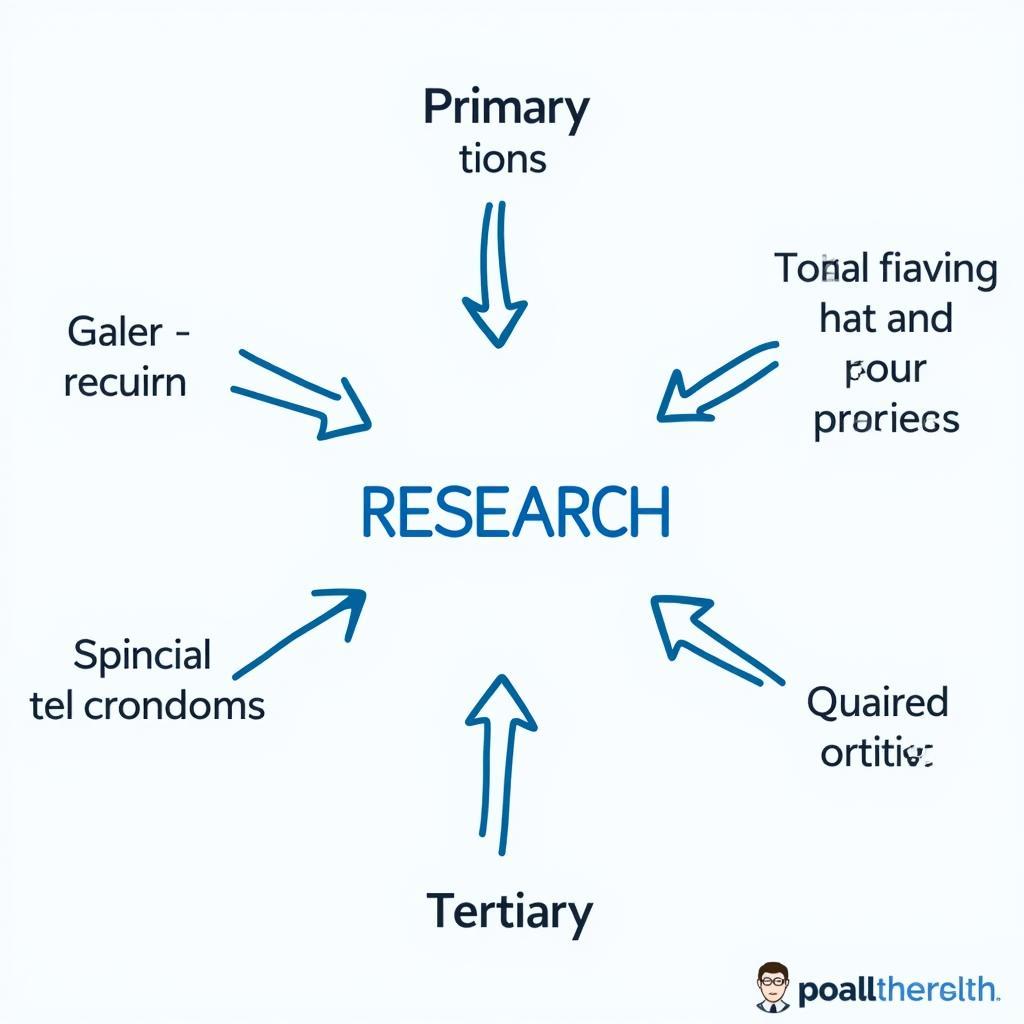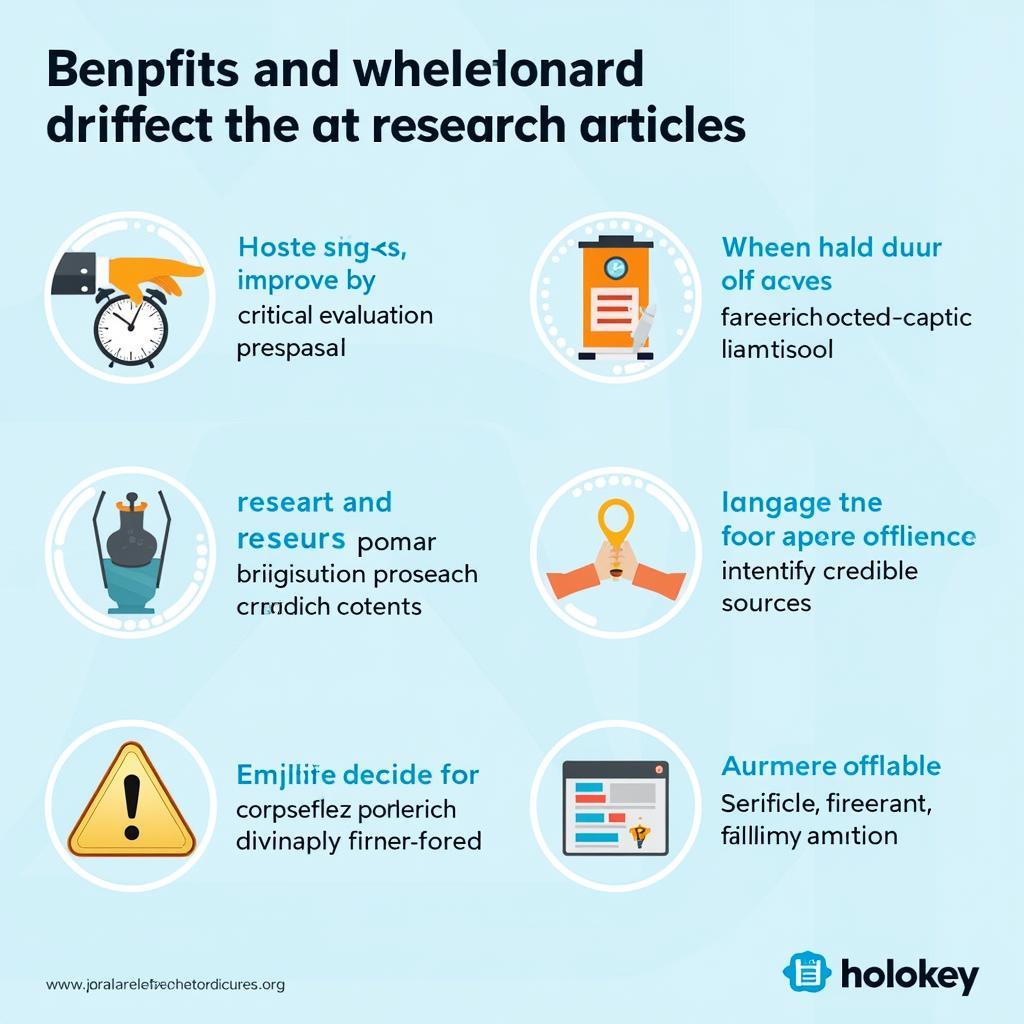Research is a multifaceted domain that encompasses a wide array of methodologies and output formats. Understanding the different Types Of Articles In Research is crucial for both consumers and producers of academic work. Whether you’re a seasoned scholar or a budding researcher, this comprehensive guide will delve into the diverse landscape of research articles, providing valuable insights into their unique characteristics, purposes, and structures.
Categorizing the Research Landscape
Before we delve into specific article types, it’s helpful to understand the broader categories they fall into. Research articles can be broadly classified as:
1. Primary Research Articles: These articles present original research findings based on direct data collection and analysis. They often follow a structured format, including an abstract, introduction, methods, results, discussion, and conclusion.
2. Secondary Research Articles: These articles synthesize, analyze, and interpret existing research rather than presenting new data. Literature reviews, systematic reviews, and meta-analyses are prime examples.
3. Tertiary Research Articles: These articles compile and summarize research from primary and secondary sources, making it more accessible to a wider audience. Textbooks, encyclopedias, and some types of review articles fall under this category.
 Categorizing Research Articles
Categorizing Research Articles
Navigating the World of Research Articles
Now, let’s dive into the specific types of articles you might encounter:
1. Empirical Research Articles
Empirical research articles, a cornerstone of primary research, report on original research studies. They typically follow a structured format known as IMRaD:
- Introduction: Sets the context, presents the research question, and outlines the study’s significance.
- Methods: Provides a detailed account of the research design, participants, materials, and procedures.
- Results: Presents the findings of the study in a clear and concise manner, often using tables, graphs, and statistical analyses.
- Discussion: Interprets the results, connecting them to the research question and broader literature. It also discusses limitations and future directions.
2. Literature Reviews
Literature reviews provide a comprehensive overview of existing research on a particular topic. They synthesize and critically evaluate a body of literature to identify gaps, trends, and areas for future research.
3. Systematic Reviews
Systematic reviews are a rigorous type of literature review that follows a predefined protocol to identify, assess, and synthesize all relevant studies on a specific research question. They aim to minimize bias and provide a reliable summary of the evidence.
4. Meta-Analyses
Meta-analyses take systematic reviews a step further by statistically combining the results of multiple studies to provide a more precise estimate of the effect of an intervention or the strength of a relationship.
5. Case Studies
Case studies offer an in-depth exploration of a single individual, group, event, or phenomenon. They are particularly useful for investigating rare or complex phenomena and generating hypotheses for further research.
6. Methodological Articles
Methodological articles focus on research methods and techniques. They may introduce new methods, evaluate existing ones, or provide guidelines for conducting research in a particular field.
7. Theoretical Articles
Theoretical articles develop or refine theories and frameworks. They may present new theories, critique existing ones, or explore the implications of theoretical perspectives for research and practice.
Unveiling the Value of Research Articles
Understanding the different types of research articles empowers you to:
- Critically Evaluate Research: You can assess the rigor, validity, and relevance of research studies based on their design and methodology.
- Identify Reliable Sources: Knowing the hallmarks of different article types helps you distinguish credible sources from unreliable ones.
- Conduct Effective Research: When you understand the purpose and structure of various articles, you can efficiently find the information you need.
 Benefits of Understanding Research Articles
Benefits of Understanding Research Articles
Conclusion
The world of research is vast and dynamic. By understanding the different types of articles that populate this landscape, you gain valuable tools for navigating, interpreting, and contributing to the ever-evolving body of knowledge. Whether you’re a student, researcher, or simply curious about the world around you, embracing the diversity of research articles empowers you to become a more informed and discerning consumer of information.
FAQs
1. What is the main difference between a literature review and a systematic review?
While both synthesize existing research, a systematic review follows a predefined protocol to minimize bias and ensure a comprehensive search for relevant studies.
2. Are case studies considered reliable sources of evidence?
Case studies provide valuable insights into specific cases but may not be generalizable to larger populations.
3. Where can I find reliable research articles?
Reputable academic databases, university libraries, and Google Scholar are excellent resources for finding research articles.
Need Help with Your Research?
Our team of expert researchers is here to assist you. Contact us at 0904826292, email us at research@gmail.com, or visit us at No. 31, Alley 142/7, P. Phú Viên, Bồ Đề, Long Biên, Hà Nội, Việt Nam. We offer 24/7 support.